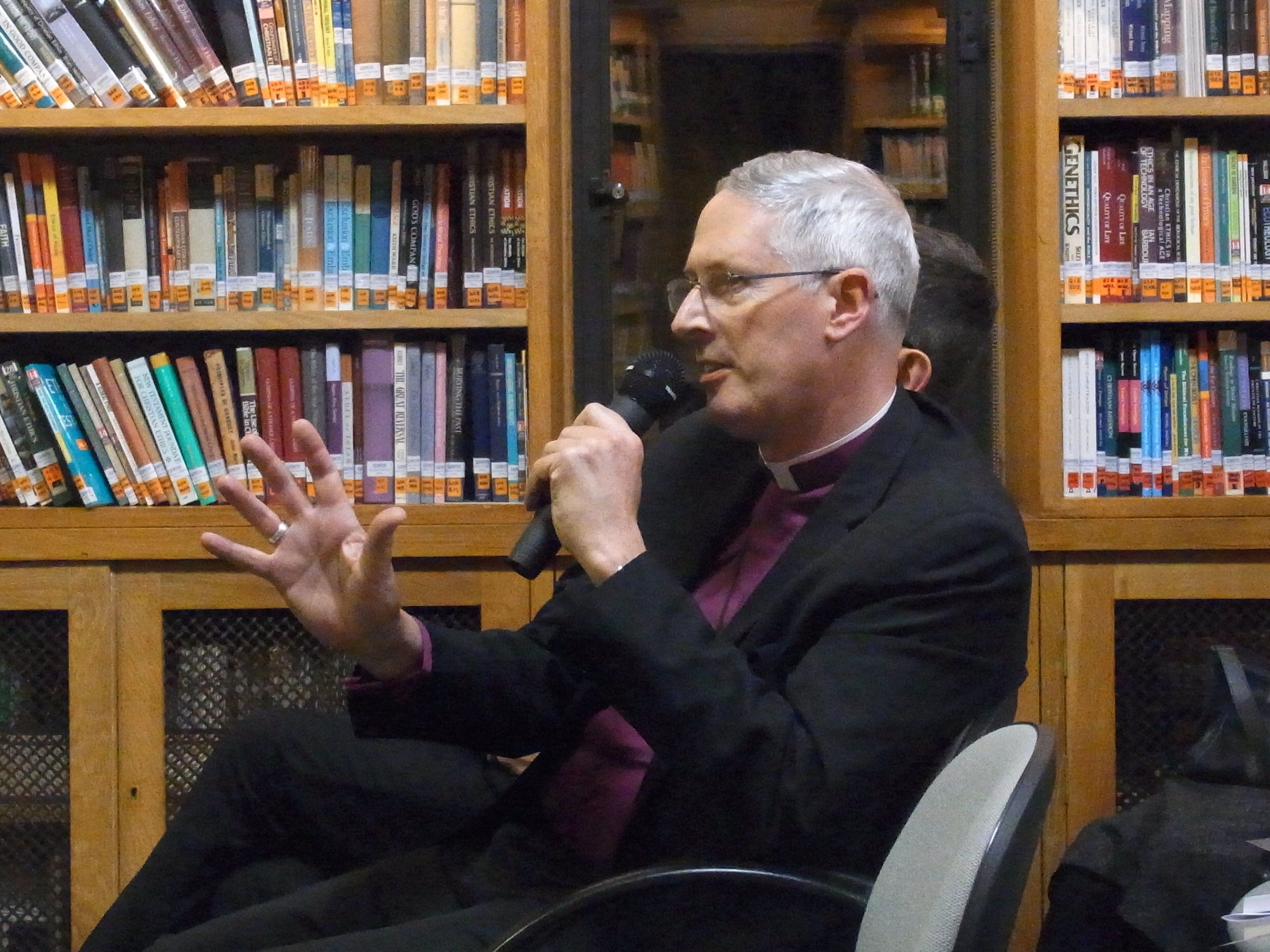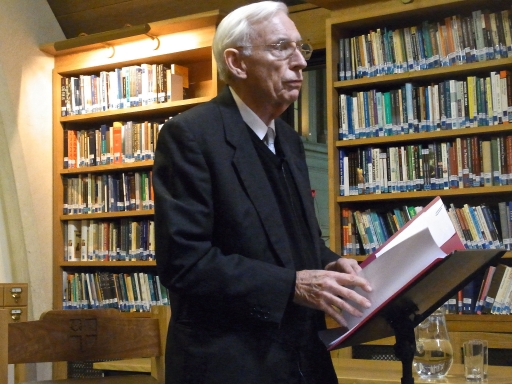Senior figures in the Church of England differed widely in their reactions to the First World War, says the author of a leading history of the wartime church which has been republished for the Centenary.
While the Bishop of London, Arthur Winnington-Ingram, spoke of a “great crusade” to kill Germans and save the world, the Archbishops of Canterbury and York made attempts to restrain public hatred of Germany.
The moral dilemmas posed by the war for Christians belonging to the main denominations were discussed by Canon Alan Wilkinson in a talk marking the reprint of his 1978 book, The Church of England and the First World War, by the Lutterworth Press.
It was during a sermon at Westminster Abbey in 1915 that Bishop Winnington-Ingram described the nation as banded together in “a great crusade to kill Germans. To kill them, not for the sake of killing, but to save the world; to kill the good as well as the bad, the young men as well as the old.”
Speaking at Southwark Cathedral in London, Canon Wilkinson said some Anglicans echoed Winnington-Ingram’s “bellicosity.” But others refused to be swept along by intense nationalism, including the Church of England’s most senior clergy.
Risking unpopularity
Alan Wilkinson pointed out that the “normally cautious” Archbishop of Canterbury, Randall Davidson, was prepared to risk unpopularity by publicly trying to stem the hatred of Germans.
On the Sunday before war broke out in August 1914, Davidson told a congregation at Westminster Abbey that “what was happening was not the work of God but of the Devil.”
And three months later it was the Archbishop of York, Cosmo Gordon Lang, who spoke out. As Canon Wilkinson explained, he reminded the nation of the close family ties between the British and German royal families: “Lang in November 1914 was so concerned by the crude attacks on the Kaiser that he spoke of his sacred memory of the Kaiser and Edward VII kneeling beside the bier of Queen Victoria on board ship at Portsmouth.”
“This created such hysteria among a section of the British public that it put Lang under such strain that he lost most of his hair, the rest of which turned white. Although only 50, he suddenly looked an old man.”

The Bishop of Southwark, the Right Rev. Christopher Chessun, asks a question
Although there were few Anglican pacifists, the Archbishop of Canterbury used his seat in the House of Lords (the upper house of the UK Parliament), to defend the rights of conscientious objectors.
Of the other main Christian groups, Canon Wilkinson said that only the Quakers maintained a corporate pacifism, although in fact a third of Quakers of military age enlisted.
Roman Catholics were described as “the most solidly uncritical supporters of the war,” while opinion was again divided among members of the Free Churches.
Canon Wilkinson said of the Non-Conformists: “Most passionately longed to demonstrate their patriotism. They long thought themselves as suffering from the big bullying Church of England so they naturally identified themselves with little Belgium.”
“Other Free Church people simply asked how could I possibly ask Jesus to help me fire a gun.”
The Church of England and the First World War, by Canon Alan Wilkinson, an Anglican priest and former Principal of Chichester Theological College, is published by the Lutterworth Press.
Images courtesy of Peter Alhadeff, Centenary News, and the Lutterworth Press
Posted by: Peter Alhadeff, Centenary News
